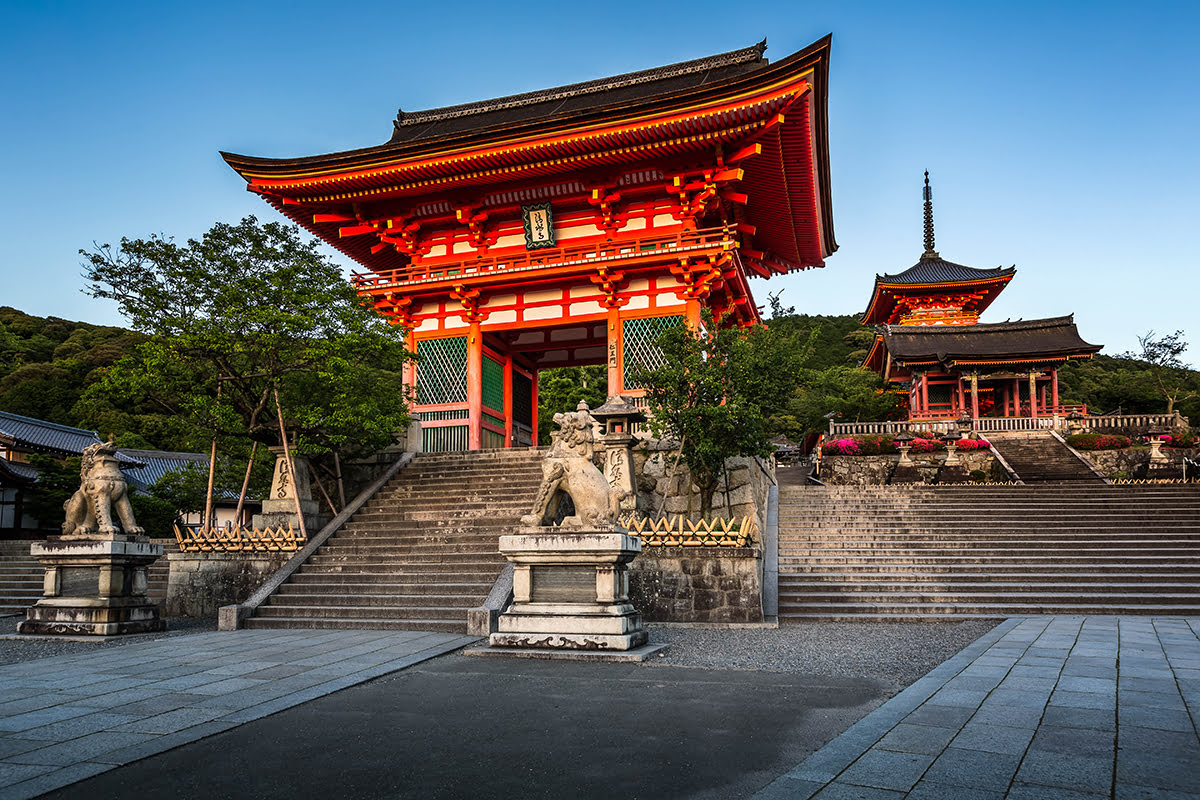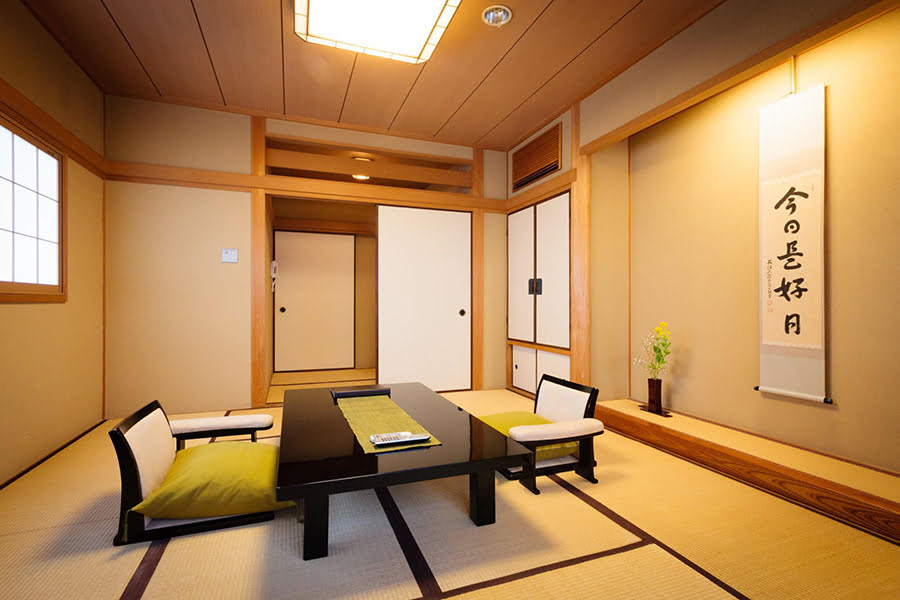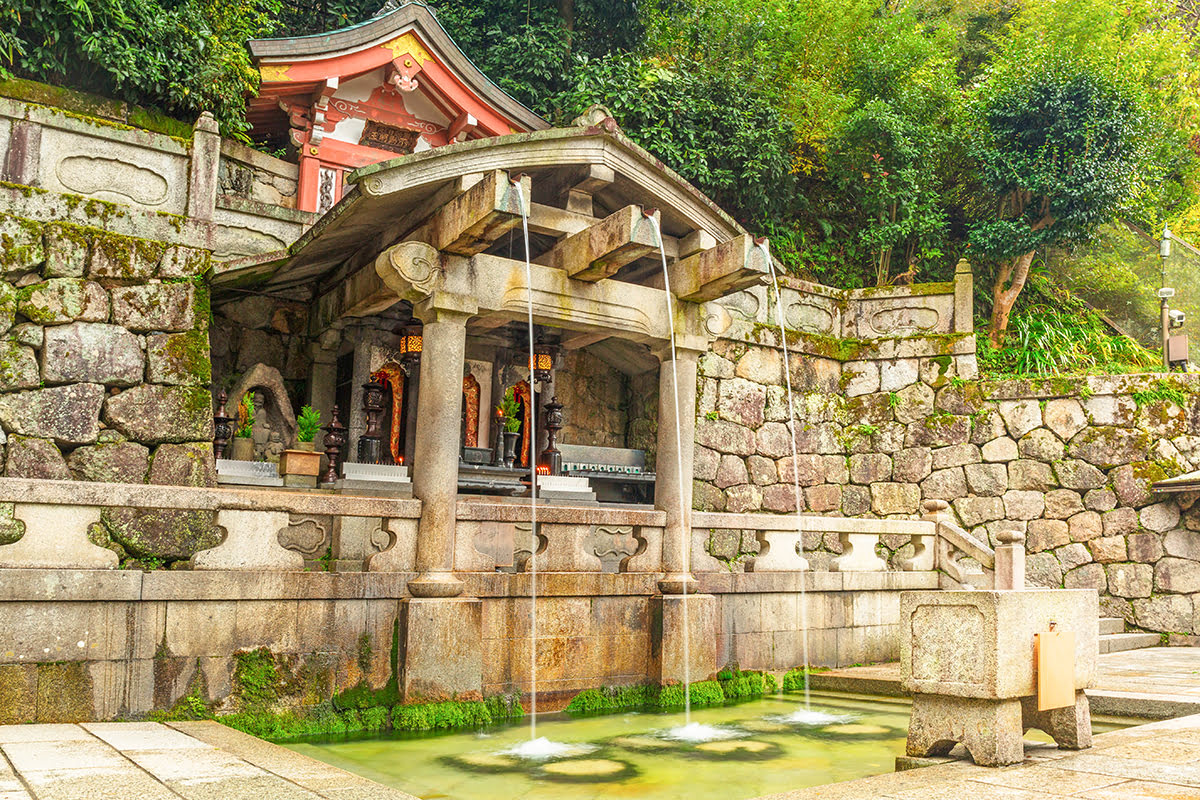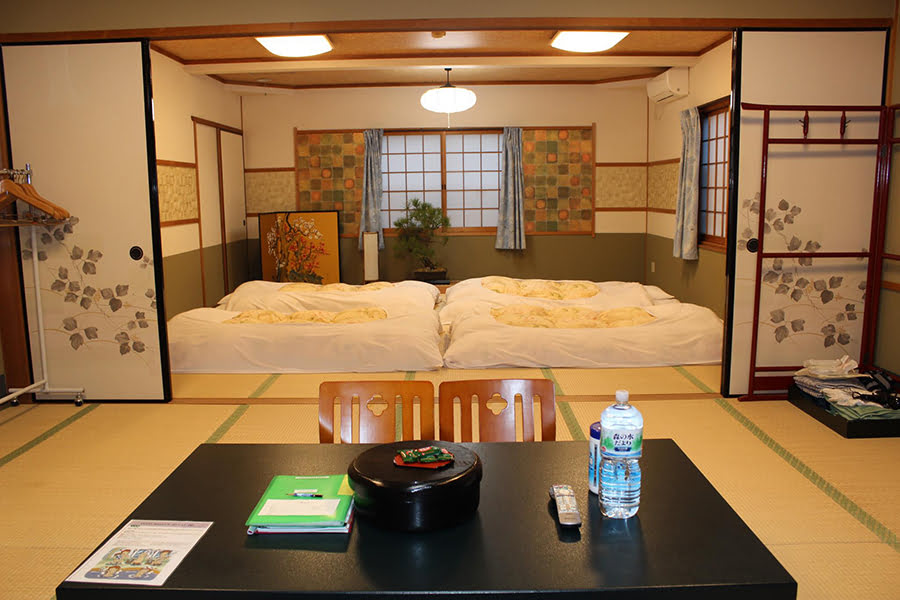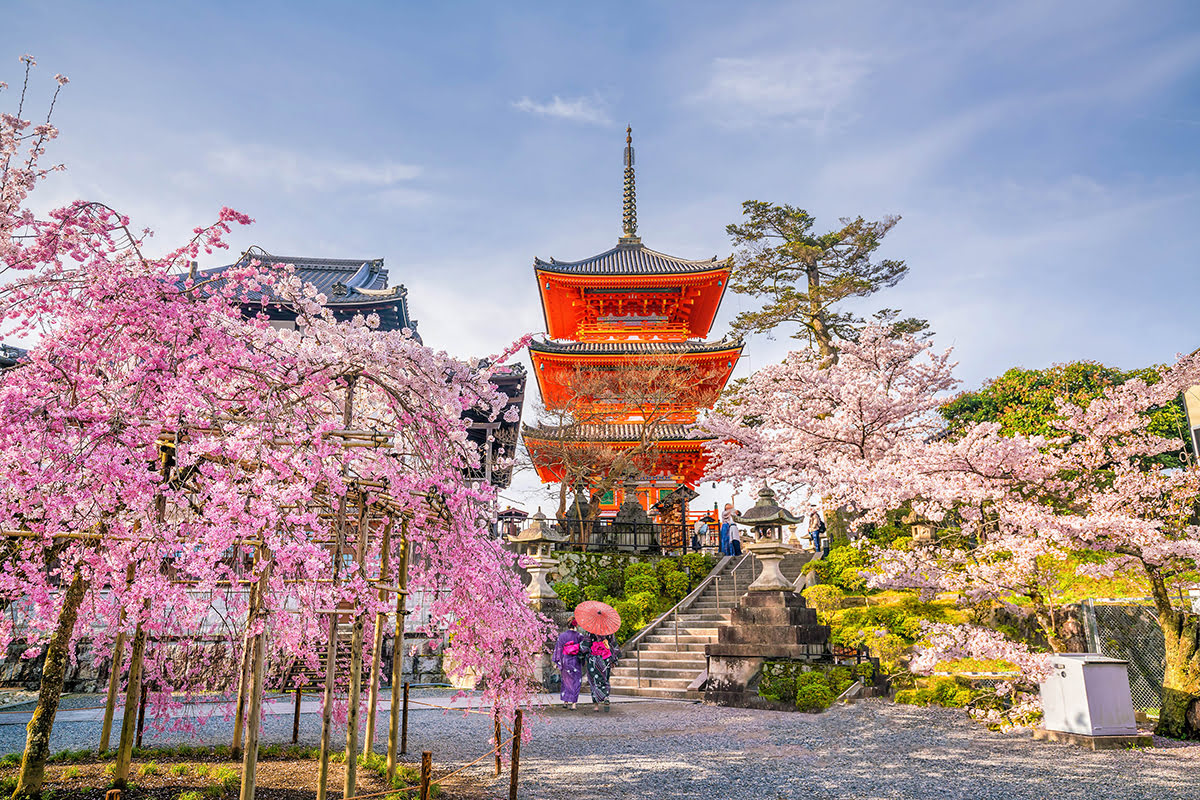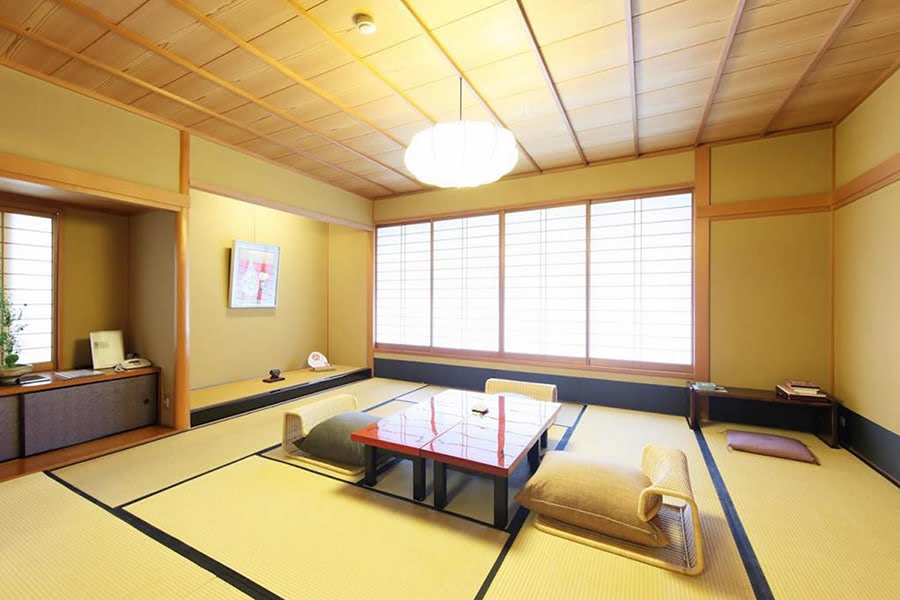Kiyomizu Temple | Visitor’s Guide to Attractions in Kyoto, Japan

Kiyomizu Temple, also known as Otowa-san Kiyomizu-dera, is a remarkable Buddhist temple that is located in eastern Kyoto in the historic Higashiyama District. Founded in the 8th century, Kiyomizu Temple is a part of the Historic Monuments of Ancient Kyoto UNESCO World Heritage site and is one of the most famous temples in Kyoto. Construction has been ongoing in recent years, which means there may be scaffolding covering parts of the temple’s exterior. However, visitors are still able to access the main parts of the temple without issue. Located on top of Mount Otowa, the multi-leveled, wooden Kiyomizu Temple offers stunning views from its veranda, making it a great spot to visit for photography fans or people who are looking for gorgeous social media shots.
What to Know About Visiting Kiyomizu Temple
Kiyomizu Temple is an architectural marvel, and not only is it beautiful, but this wooden temple has been constructed without the use of any nails, which is a traditional style of building in Japan. Kiyomizu-dera means “Pure Water Temple” and it is one of the most famous temples in the whole country and is located nearby Otowa Waterfall. As this cultural site is a functioning temple, and there are a few things for tourists to consider prior to visiting.
- When visiting a temple in Kyoto, dress modestly and behave respectfully. This Buddhist temple is a place where the deity, Kannon, is worshipped, who is a goddess of mercy and is very popular and sees regular visits worshippers as well as tourists.
- It may be best to observe other visitors prior to making use of the temple so that guests can have an idea of what’s expected of them. Otherwise, generally at temples in Japan, visitors purify themselves at a chozuya, a large basin used for purification, in preparation for prayer. In these basins, the worshipper’s hands are cleansed, symbolizing the heart similarly being purified.
- While some temples have a specific order for the purification process, at Kiyomizu Temple, they recommend simply purifying the hands with the healing water or visitors can make use of the more traditional method by taking the water dipper in the right hand, purifying the left hand with water, then shifting the dipper to the left hand and doing the same to the right. Then, shift the dipper back to the right hand and pour water into the left hand before taking a sip. At other temples, this water is used to rinse the mouth as well and then is spat out, but it is drinkable and famous for being rich in minerals at this temple. After sipping on the water, visitors should purify their left hand, wash the handle of the dipper, and put it back in place scoop side down. Visitors will then be purified for the temple and ready to pray.
- Additionally, some temples offer incense for offerings, as Kiyomizu Temple does. Incense can be purchased in the main hall for 10 yen. Guests can take the incense in their right hand to one of the incense burners and light it there by using one of the lit candles, taking care to not let it blow out, before putting the incense in the incense burner as an offering.
- Prayers can be offered to Kannon in the following manner. Visitors can stand in front of the image of Kannon Bodhisattva in the main hall, make a slight bow, then make a money offering to Kannon before finally putting their hands together after finishing.
- For visitors who are looking for a peaceful, reflective time to visit the temple, they should plan their visits for either early in the day (near when the temple opens) or very near closing time (during the last hour or so). The temple grounds are expansive, so visitors can plan to spend at least a few hours at the site and should consider this when choosing a time to visit. The temple grounds have buildings that were completed in the 15th and 16th centuries, in addition to the main hall of Kiyomizu Temple as well as beautiful gardens, temple gates, Otowa Waterfall, and the temple grounds.
- There are many events that happen at Kiyomizu Temple and guests are encouraged to check their calendar to see whether a special event will be happening during their vacation. For a special treat, guests can plan their visit for either the cherry blossom season in the spring or during the fall when the leaves change colors. Both of these times will be rather busy, so any visitors looking to avoid big crowds may wish to choose a different time to visit, however, the vistas will be spectacular. However, the temple is beautiful all throughout the year as well.
- Additionally, there are shops on the temple grounds that offer kimonos for rental. There is a price range for renting kimonos, but generally, it starts at about 500 yen. Along the way, there are other stands that sell snacks and trinkets, so this may be a great opportunity to indulge in some Japanese culture or grab some gifts to bring back home as well.
Address: 294 Kiyomizu, Higashiyama Ward, Kyoto
Entrance Fee: 400 yen for adults
Hours of Operation: While the opening time is generally 6 a.m. daily, the closing time will depend on the time of year. Visitors should check with the temple’s online calendar to confirm closing times for their visit.
Check In to Kyoto Ryokan The KINOE, Step Out to Kiyomizu Temple
FIND & BOOK A HOTEL IN KYOTO TODAY
Best Things to do Near Kiyomizu Temple
Kiyomizu Temple is located in a remarkable city that has much to offer in cultural and natural attractions. As the temple is located in Higashiyama District, which is known for retaining the look of feudal-era Japan with its traditional buildings, shops, restaurants, and cultural significance, there is much to see and enjoy nearby. Here are just some of the best attractions that are near Kiyomizu Temple that visitors can enjoy.
- Shosei-en Garden
Spend some time visiting the exquisite gardens of Shosei-en. This oasis is a beautiful, traditional Japanese garden that has been designed for strolling and makes for a great visit all throughout the year, but guests are in for a real treat if they visit during the fall or during the cherry blossom season in the spring. The garden pond is the main feature of Shosei-en Garden and it was built with the remnants of a defensive wall that once enclosed the city. Full of koi, this pond is a great place to stand and reflect on nature, as it also attracts a variety of birds.
Address: 600-8190 Kyoto, Shimogyo Ward
Entrance Fee: 500 yen for adults
Hours: 9 a.m. to 4 p.m. daily - Sanjusangen-do
Also called Rengeo-in, this Buddhist temple is famous for its 1001 statues of Kannon. The temple was founded in the 10th century and rebuilt a hundred years later after the original was destroyed in a fire. Here, visitors can see the longest temple hall in Japan, which measures 120 meters. In the center of the main hall are the 1001 Kannon statues and others. No photography is allowed inside of the temple, but it is permitted on the grounds.
Address: 657 Sanjusangendomawari, Higashiyama Ward
Entrance Fee: 600 yen for adults
Hours: 8 a.m. to 5 p.m. - Otowa Waterfall
Located just below the main hall of Kiyomizu Temple, visitors should also make a stop at Otowa Waterfall, which is divided into three drinkable streams. Visitors should choose one stream to drink from as it is considered rude to drink from all three. However, each stream is reputed to have a different benefit – one for success, another for love, another for long life, though which is anyone’s guess. Visitors are encouraged to choose a stream, make their wish, and then drink.
Address: 294 Kiyomizu, Higashiyama Ward, Kyoto
Entrance fee: Included with the temple entrance fee
Hours: 8 a.m. to 5 p.m.
Check In to Kyoto Ryokan Gion Sano, Step Out to Kyoto
FIND & BOOK A HOTEL IN KYOTO TODAY
How to Get to Kiyomizu Temple
Kiyomizu Temple is on the eastern side of Kyoto and can be accessed most easily by bus. From Kyoto Station, visitors can take bus 100 or 206 at Kyoto Ekimae Bus Stop, which is located at the north exit of the station. The ride to Goyozaka stop takes about 15 minutes and costs approximately 230 yen (there are four stops between the station and the temple). From the bus stop, it’s a 10 minute walk to the temple.
Kiyomizu-Gojo Station is the nearest train station to Kiyomizu Temple and is located a 20 to 30 minute walk west from the temple, depending on walking speed. Kimomizu-Gojo Station services the Keihan Railway line and is a popular stop for people who are planning to go to the temple.
Check In to Gion Hatanaka, Step Out to Otawa Waterfall
You may also like
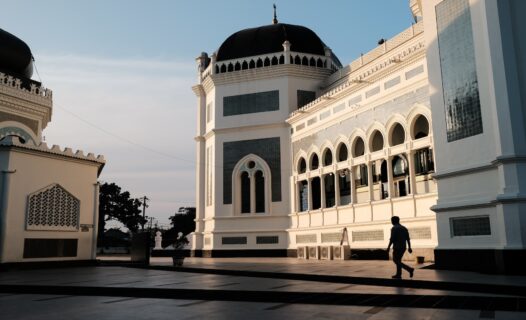
Embark on a captivating 3-day journey through Medan with our exclusive itinerary; from historic sites to culinary delights and stunning landscapes.
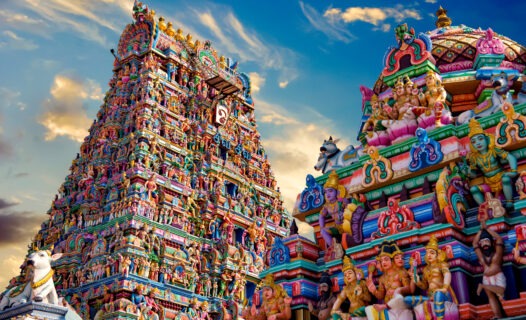
Uncover Chennai's treasures with our 3-day itinerary. From temples to beaches, indulge in the cultural capital of South India.
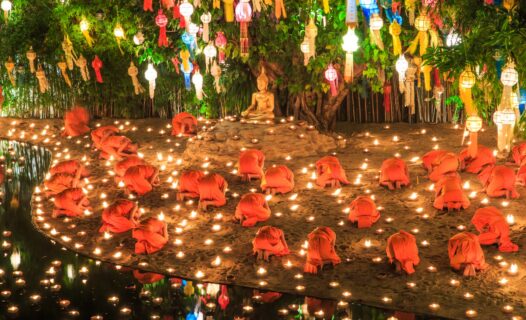
Join us on a captivating journey to Chiang Mai for Visakha Bucha 2024. Explore ancient temples, vibrant traditions, and peaceful meditations in Thailand's spiritual heartland during this auspicious Buddhist festival.
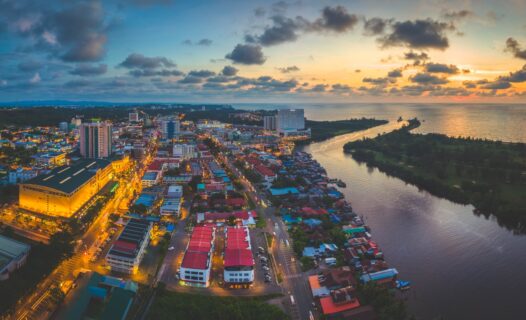
Embark on a 5-day adventure in Miri, Sarawak's hidden gem, to explore breathtaking natural landscapes, rich cultural heritage & vibrant local scenes. Start your journey now!
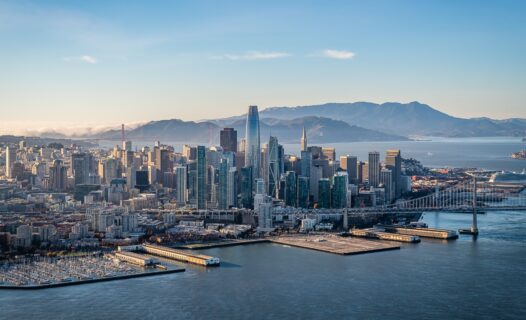
Discover the best of San Francisco in a weekend! From the iconic Golden Gate to hidden gems, our guide covers where to eat, stay, and explore. Start your unforgettable city adventure now!
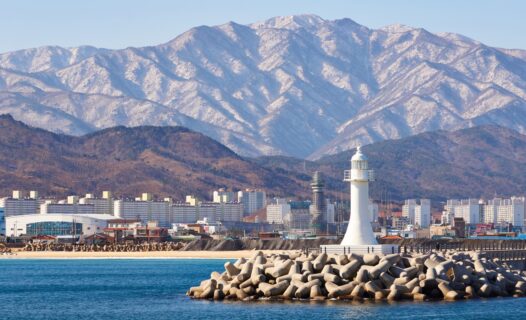
Discover the best of Sokcho-si with our 3-day itinerary guide. From Seoraksan's peaks to Sokcho's culinary gems, embark on an unforgettable journey.
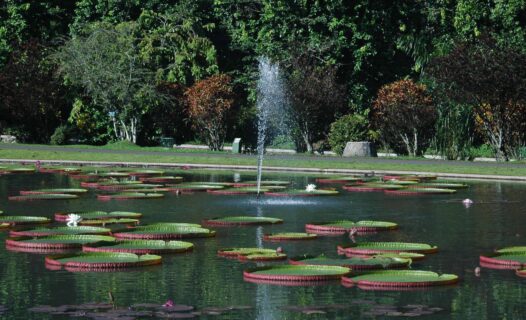
Discover the enchanting city of Bogor with our weekend itinerary. From lush Botanical Gardens to breathtaking Mountain Views, ensure a memorable escape.
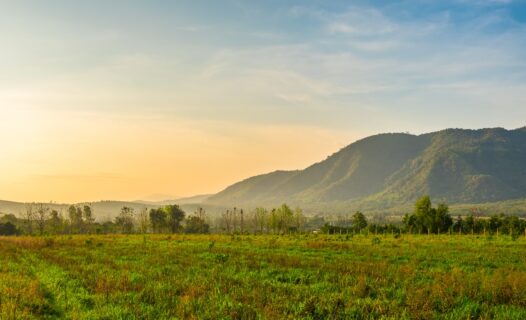
Embark on an unforgettable 3-day journey through Khao Yai's natural wonders. Explore lush national parks, serene vineyards, and rich cultural sites. Dive into our itinerary for an adventure-filled escape into Thailand's breathtaking landscapes.

Discover the epitome of beachfront luxury in Miami with our guide to the city's most opulent ocean view hotels, complete with exclusive amenities and breathtaking views.
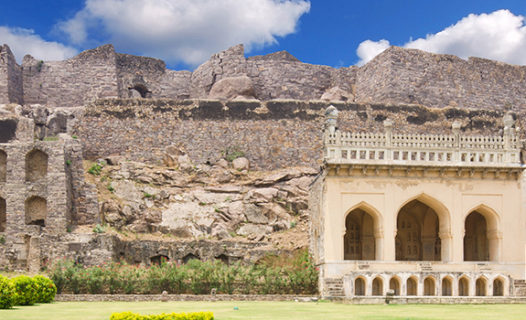
Uncover the secrets of Hyderabad's Golconda Fort with our exhaustive travel guide. From the fort's captivating history to nearby luxurious and budget-friendly accommodations, embark on a journey through time.
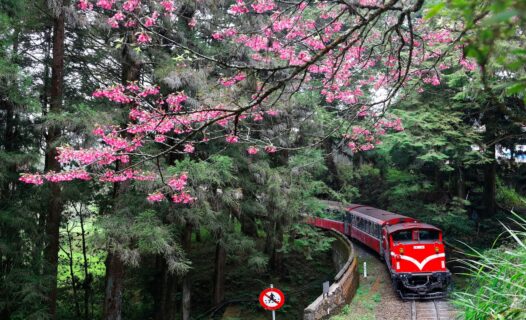
Experience the magical sunrise at Alishan, Taiwan, and explore the lush beauty and cultural depth of Alishan National Scenic Area with our comprehensive travel guide.
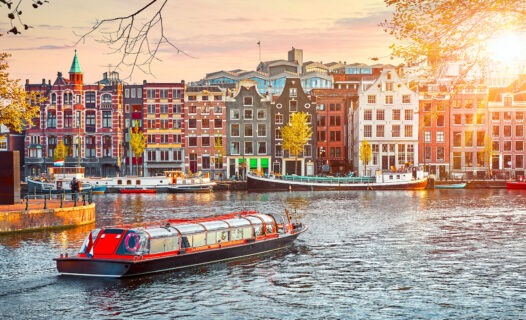
Unlock the secrets of where to stay in Amsterdam with our expert guide. Explore accommodations from boutique hotels to cozy apartments in Amsterdam's top neighborhoods.
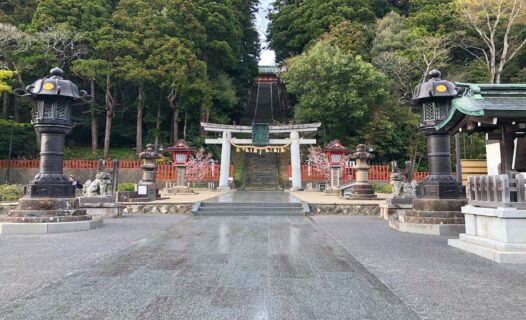
Embark on a 3-day journey through Sendai, Japan's City of Trees. Explore historic sites, natural wonders, and culinary delights in this comprehensive itinerary.
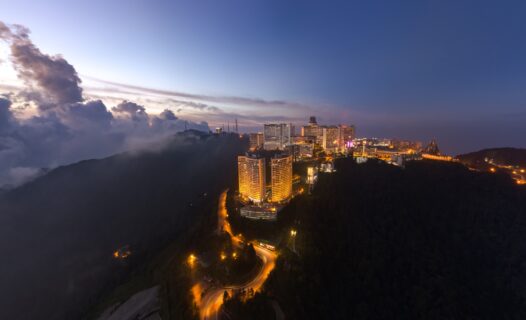
Uncover the ultimate shopping destinations in Genting Highlands, Malaysia. From luxury outlets to unique local markets, discover why Genting Highlands is a must-visit for every shopping enthusiast.
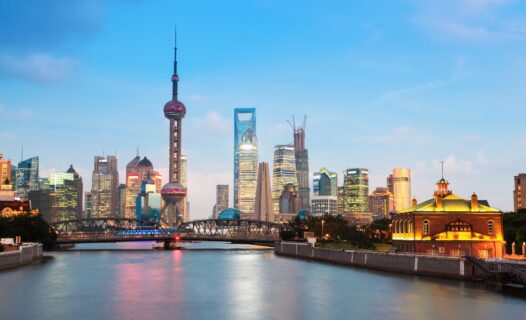
Discover the pinnacle of luxury in Shanghai with our curated guide to the city's most exquisite hotels. Explore world-class amenities, breathtaking views, and unparalleled service.
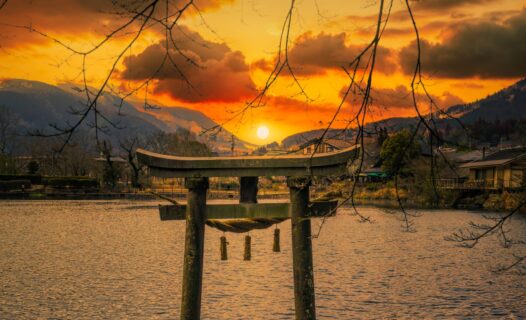
Discover the serene nighttime charm of Yufu through moonlit soirees, cultural evenings, and tranquil natural landscapes. Your ultimate guide to Yufu's nocturnal adventures awaits!
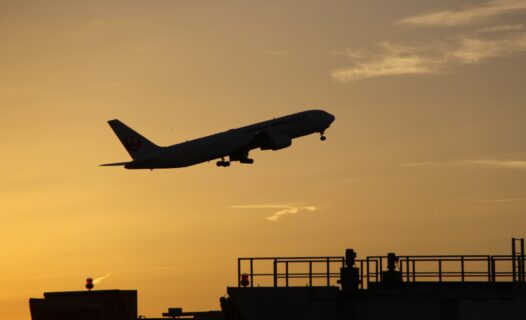
Uncover the vibrant nightlife of Narita, Japan, with our comprehensive guide. From traditional izakayas to modern nightclubs, explore the best of Narita after dark. Discover top hotels, unforgettable activities, and practical tips for an exhilarating nocturnal adventure.
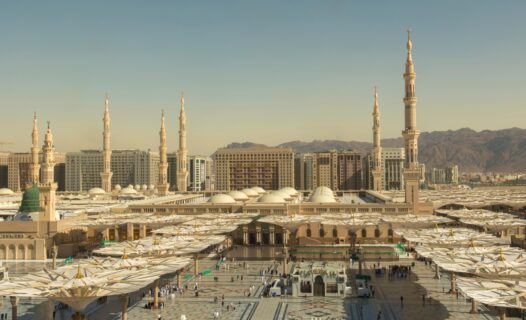
Embark on a unique shopping journey in Medina with our ultimate guide! Discover traditional souks, modern malls, and culinary delights. Dive deep into Medina's rich culture, find exquisite handicrafts, and navigate the city with ease. Perfect for pilgrims and tourists alike.
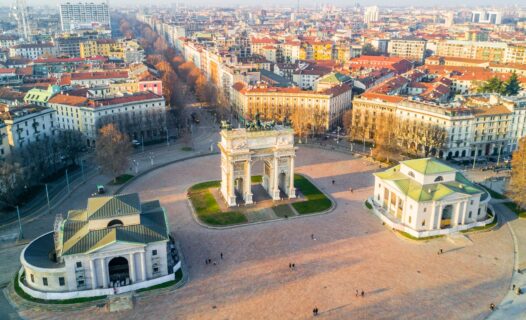
Explore the best hotels in Milan, Italy, for 2023 with our comprehensive guide. From luxurious retreats to budget-friendly options, discover top dining and entertainment spots for an unforgettable Milanese adventure.
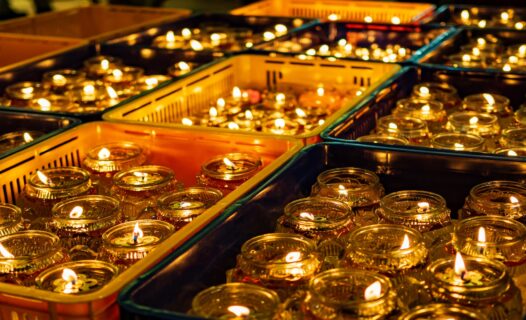
Dive into the heart of Vesak Day 2024 in Singapore with our ultimate guide. Discover the best temples, vegetarian eats, and cultural insights for a memorable spiritual journey.
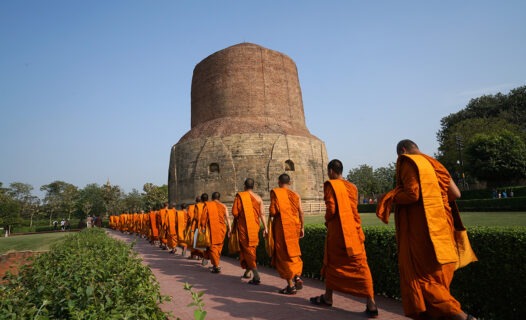
Explore the vibrant celebrations of Vesak 2024 across India, from the sacred sites of Bodh Gaya and Sarnath to nationwide festivities. Discover how India honors the Buddha's life, teachings, and enlightenment with traditional rituals, vivid lanterns, and spiritual gatherings.

Kiyomizu Temple, also known as Otowa-san Kiyomizu-dera, is a remarkable Buddhist temple that is located in eastern Kyoto in the historic Higashiyama District. Founded in the 8th century, Kiyomizu Temple is a part of the Historic Monuments of Ancient Kyoto UNESCO World Heritage site and is one of the most famous temples in Kyoto. Construction has been ongoing in recent years, which means there may be scaffolding covering parts of the temple’s exterior. However, visitors are still able to access the main parts of the temple without issue. Located on top of Mount Otowa, the multi-leveled, wooden Kiyomizu Temple offers stunning views from its veranda, making it a great spot to visit for photography fans or people who are looking for gorgeous social media shots.
What to Know About Visiting Kiyomizu Temple
Kiyomizu Temple is an architectural marvel, and not only is it beautiful, but this wooden temple has been constructed without the use of any nails, which is a traditional style of building in Japan. Kiyomizu-dera means “Pure Water Temple” and it is one of the most famous temples in the whole country and is located nearby Otowa Waterfall. As this cultural site is a functioning temple, and there are a few things for tourists to consider prior to visiting.
- When visiting a temple in Kyoto, dress modestly and behave respectfully. This Buddhist temple is a place where the deity, Kannon, is worshipped, who is a goddess of mercy and is very popular and sees regular visits worshippers as well as tourists.
- It may be best to observe other visitors prior to making use of the temple so that guests can have an idea of what’s expected of them. Otherwise, generally at temples in Japan, visitors purify themselves at a chozuya, a large basin used for purification, in preparation for prayer. In these basins, the worshipper’s hands are cleansed, symbolizing the heart similarly being purified.
- While some temples have a specific order for the purification process, at Kiyomizu Temple, they recommend simply purifying the hands with the healing water or visitors can make use of the more traditional method by taking the water dipper in the right hand, purifying the left hand with water, then shifting the dipper to the left hand and doing the same to the right. Then, shift the dipper back to the right hand and pour water into the left hand before taking a sip. At other temples, this water is used to rinse the mouth as well and then is spat out, but it is drinkable and famous for being rich in minerals at this temple. After sipping on the water, visitors should purify their left hand, wash the handle of the dipper, and put it back in place scoop side down. Visitors will then be purified for the temple and ready to pray.
- Additionally, some temples offer incense for offerings, as Kiyomizu Temple does. Incense can be purchased in the main hall for 10 yen. Guests can take the incense in their right hand to one of the incense burners and light it there by using one of the lit candles, taking care to not let it blow out, before putting the incense in the incense burner as an offering.
- Prayers can be offered to Kannon in the following manner. Visitors can stand in front of the image of Kannon Bodhisattva in the main hall, make a slight bow, then make a money offering to Kannon before finally putting their hands together after finishing.
- For visitors who are looking for a peaceful, reflective time to visit the temple, they should plan their visits for either early in the day (near when the temple opens) or very near closing time (during the last hour or so). The temple grounds are expansive, so visitors can plan to spend at least a few hours at the site and should consider this when choosing a time to visit. The temple grounds have buildings that were completed in the 15th and 16th centuries, in addition to the main hall of Kiyomizu Temple as well as beautiful gardens, temple gates, Otowa Waterfall, and the temple grounds.
- There are many events that happen at Kiyomizu Temple and guests are encouraged to check their calendar to see whether a special event will be happening during their vacation. For a special treat, guests can plan their visit for either the cherry blossom season in the spring or during the fall when the leaves change colors. Both of these times will be rather busy, so any visitors looking to avoid big crowds may wish to choose a different time to visit, however, the vistas will be spectacular. However, the temple is beautiful all throughout the year as well.
- Additionally, there are shops on the temple grounds that offer kimonos for rental. There is a price range for renting kimonos, but generally, it starts at about 500 yen. Along the way, there are other stands that sell snacks and trinkets, so this may be a great opportunity to indulge in some Japanese culture or grab some gifts to bring back home as well.
Address: 294 Kiyomizu, Higashiyama Ward, Kyoto
Entrance Fee: 400 yen for adults
Hours of Operation: While the opening time is generally 6 a.m. daily, the closing time will depend on the time of year. Visitors should check with the temple’s online calendar to confirm closing times for their visit.
Check In to Kyoto Ryokan The KINOE, Step Out to Kiyomizu Temple
FIND & BOOK A HOTEL IN KYOTO TODAY
Best Things to do Near Kiyomizu Temple
Kiyomizu Temple is located in a remarkable city that has much to offer in cultural and natural attractions. As the temple is located in Higashiyama District, which is known for retaining the look of feudal-era Japan with its traditional buildings, shops, restaurants, and cultural significance, there is much to see and enjoy nearby. Here are just some of the best attractions that are near Kiyomizu Temple that visitors can enjoy.
- Shosei-en Garden
Spend some time visiting the exquisite gardens of Shosei-en. This oasis is a beautiful, traditional Japanese garden that has been designed for strolling and makes for a great visit all throughout the year, but guests are in for a real treat if they visit during the fall or during the cherry blossom season in the spring. The garden pond is the main feature of Shosei-en Garden and it was built with the remnants of a defensive wall that once enclosed the city. Full of koi, this pond is a great place to stand and reflect on nature, as it also attracts a variety of birds.
Address: 600-8190 Kyoto, Shimogyo Ward
Entrance Fee: 500 yen for adults
Hours: 9 a.m. to 4 p.m. daily - Sanjusangen-do
Also called Rengeo-in, this Buddhist temple is famous for its 1001 statues of Kannon. The temple was founded in the 10th century and rebuilt a hundred years later after the original was destroyed in a fire. Here, visitors can see the longest temple hall in Japan, which measures 120 meters. In the center of the main hall are the 1001 Kannon statues and others. No photography is allowed inside of the temple, but it is permitted on the grounds.
Address: 657 Sanjusangendomawari, Higashiyama Ward
Entrance Fee: 600 yen for adults
Hours: 8 a.m. to 5 p.m. - Otowa Waterfall
Located just below the main hall of Kiyomizu Temple, visitors should also make a stop at Otowa Waterfall, which is divided into three drinkable streams. Visitors should choose one stream to drink from as it is considered rude to drink from all three. However, each stream is reputed to have a different benefit – one for success, another for love, another for long life, though which is anyone’s guess. Visitors are encouraged to choose a stream, make their wish, and then drink.
Address: 294 Kiyomizu, Higashiyama Ward, Kyoto
Entrance fee: Included with the temple entrance fee
Hours: 8 a.m. to 5 p.m.
Check In to Kyoto Ryokan Gion Sano, Step Out to Kyoto
FIND & BOOK A HOTEL IN KYOTO TODAY
How to Get to Kiyomizu Temple
Kiyomizu Temple is on the eastern side of Kyoto and can be accessed most easily by bus. From Kyoto Station, visitors can take bus 100 or 206 at Kyoto Ekimae Bus Stop, which is located at the north exit of the station. The ride to Goyozaka stop takes about 15 minutes and costs approximately 230 yen (there are four stops between the station and the temple). From the bus stop, it’s a 10 minute walk to the temple.
Kiyomizu-Gojo Station is the nearest train station to Kiyomizu Temple and is located a 20 to 30 minute walk west from the temple, depending on walking speed. Kimomizu-Gojo Station services the Keihan Railway line and is a popular stop for people who are planning to go to the temple.
Check In to Gion Hatanaka, Step Out to Otawa Waterfall
You may also like
